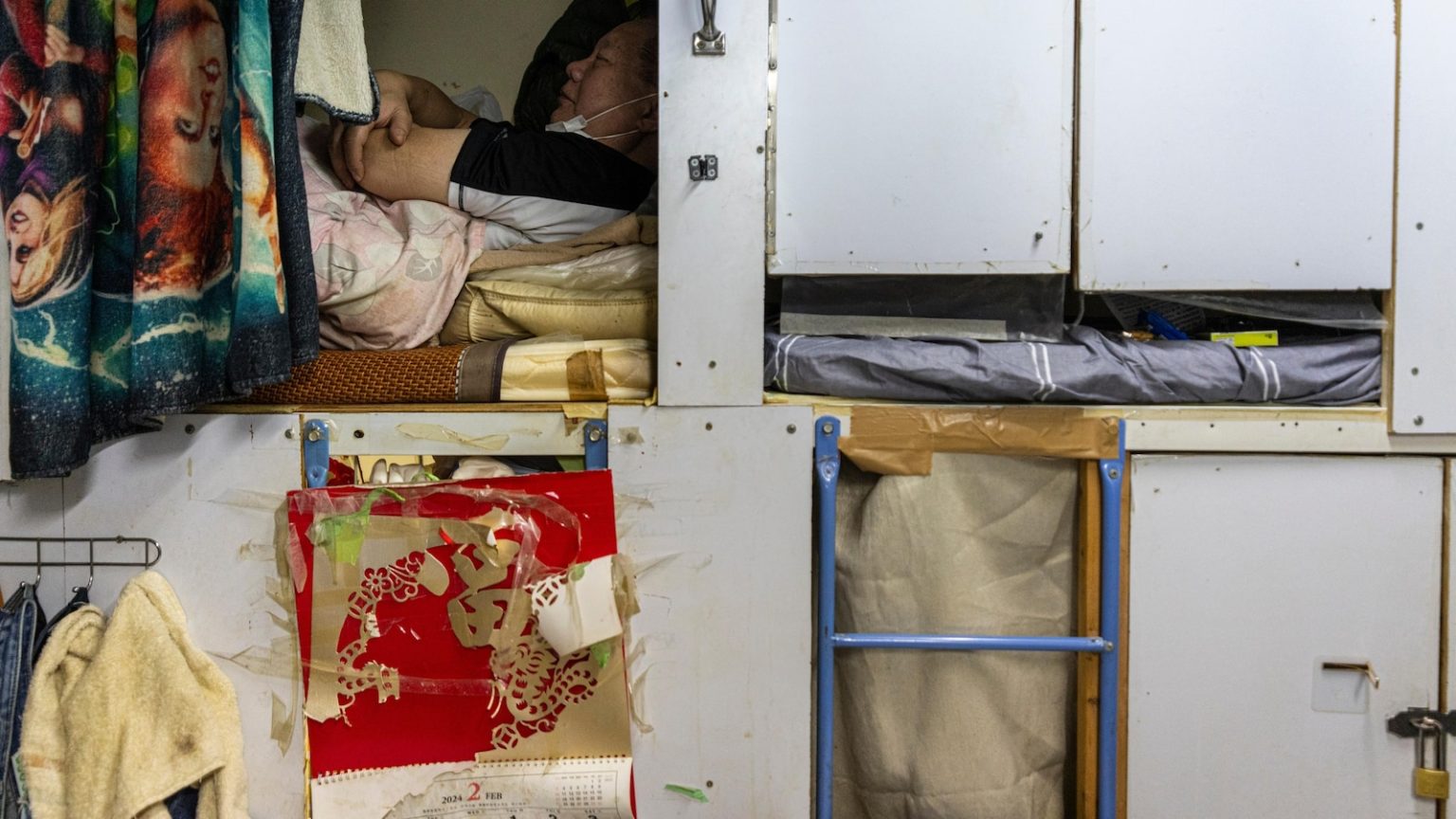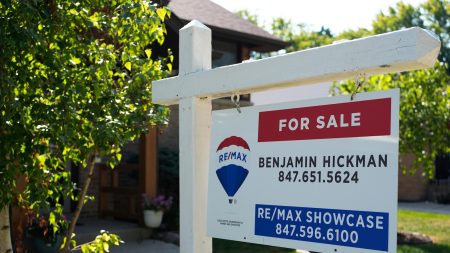The Struggle for Space: A Glimpse into Hong Kong’s Housing Crisis
In the heart of Hong Kong, Jimmy Au’s world is confined to a space no larger than a parking spot. Her home, one of four units carved out of a single apartment, exemplifies the city’s severe housing crisis. The cramped quarters are shared with her husband and son, where a bunk bed dominates the space, and privacy is a luxury. The family’s sleep is often interrupted by neighbors, and the lack of space leads to frequent bruises for her son. The bathroom, separated only by a curtain from the kitchen, underscores the dire living conditions. Yet, what troubles Jimmy most is the looming threat of losing this tiny home as the government tightens regulations on subdivided apartments.
A City Under Pressure: The Housing Market’s Stranglehold
Hong Kong, renowned for its skyline and prosperity, harbors a stark reality: it is one of the world’s most unaffordable cities. With over 7.5 million residents vying for space, only 7% of the land is residential. The average price for a small apartment can range from $13,800 to $16,800 per square meter, a cost that dwarfs the income of many. The government, recognizing housing as a catalyst for the 2019 protests, aims to phase out subdivided units by 2049, alongside increasing public housing. Yet, 220,000 residents rely on these units, highlighting the delicate balance between regulation and displacement.
Proposed Solutions and Fears: Navigating the Policy Tightrope
The government’s new regulations mandate a minimum apartment size of eight square meters, along with amenities like a window and private toilet. While intended to preserve low-cost housing, these rules may push landlords to renovate, potentially hiking rents. Residents fear losing their homes, mirroring the concerns of Jimmy Au and Fafa Ching, who face uncertainty as their current units may not meet the new standards. Fafa’s home lacks basic amenities, and she worries that upgrades will render hercurrent rent unaffordable, a sentiment echoed by many affected by the policy.
The Human Cost of Housing Reform: Stories of Resilience and Anxiety
Personal stories paint a vivid picture of the human impact. Fafa Ching, a security guard, collects water from a showerhead due to the lack of a sink. Her unit, in need of fire safety upgrades, leaves her anxious about future costs. Similarly, Jimmy Au hopes for resettlement at her current rent, fearing mental health issues if she dwells on the uncertainty. These narratives reveal the resilience and anxiety of residents as they navigate the policy’s fallout.
A Gap in Support: Inadequate Resettlement and Waiting Times
The government’s reassurance of assistance, including temporary shelter, contrasts with ground realities. Professor Chan Siu-ming points out the inadequacy of resettlement plans, warning that public housing supply may fall short. With waiting times exceeding five years, residents like Fafa, who has waited eight years, face a daunting future. The push for affordable housing may inadvertently drive some into even smaller spaces, like ‘bed spaces,’ currently unregulated and often squalid.
An Uncertain Future: Navigating the Path Ahead
As Hong Kong grapples with housing reform, residents remain uncertain. NGOs advocate for registering substandard flats and expanding transitional housing eligibility, ensuring no one is left behind. Jimmy Au’s day-by-day approach reflects the resilience of many, yet the city’s path forward is fraught with challenges. The government’s balancing act between improving conditions and avoiding displacement will shape the lives of thousands, testing the city’s commitment to equitable housing solutions.















